wilfried sätty
︎Artist, Collage, Animation
︎ Ventral Is Golden
wilfried sätty
︎Artist, Collage, Animation
︎ Ventral Is Golden
︎ Ventral Is Golden
“Forces, visible and hidden, stretching back into one's past; migrations; religious conversions - our self discoveries make us each a microcosm of the larger pattern of history. The inertia of introspection leads toward recollection, for only through memory is the past recaptured and understood.” - Terence McKenna.

Sätty (Wilfried Podriech) was born in Bremen, Germany, in 1939. As a child, the ruins of his city, which was heavily bombed during WW2, provided the contradictory backdrop for his many magic realists artworks, lithographic prints, and hundreds of black and white collages, regularly citing that the horrors of his childhood felt more like a burgeoning surrealistic playground that sustained his artistic impulses. Sätty was an artist who used collage as a means of subverting commercial advertising during most of 1960’s and 70’s America. Producing large-scale poster prints, collage books and animations, his artwork recounted stories ranging from San Fransisco’s unruly history during the Gold Rush era to psychedelic vignettes of UFO’s and ancient aliens.
During the 1970s many of his collages were used as illustrations in both the counter cultural movements of the time as well as in establishment periodicals, sometimes alongside psychedelic music promoter Bill Graham. “Although he was accepted as a peer by the poster artists among whom he worked, often designing advertisements for rock concerts, Sätty's mode of expression was only remotely related to the upbeat, exuberant style of psychedelic art. His work evidenced its Germanic roots with a more somber, dreamlike realm of utopian, surrealist fantasy spiced by disarming accents of the bizarre and grotesque. Generally excluded from the museum and gallery world, Sätty had by the early 70's, been largely turned away from making posters, adopting the published book as his principle vehicle.” (source).
Sätty also produced two collage books, ‘The Cosmic Bicycle’ and ‘Time Zone’.
The Cosmic Bicycle was also made into a short stop motion animation in collaboration with Les Goldman (which can be seen in full at the bottom of this post). With depth and subtlety, Sätty's collage aesthetic weaves essences of Max Ernst's Une Semaine de Bonte with the otherworldliness of René Laloux's La Planète Sauvage.
As an artist, Sätty occupied a curious kind of no man's-land in the San Francisco art world. He wanted to create a visual language as an alternative to the impersonal imagery of the mass media saturation that dominated his mental landscape. His was a language in which the imagination was liberated and connections with ancient motifs and pagan ritual symbologies were re-kindled. His sense of social mission led him to utilise techniques of mechanical mass reproduction, to reclaim the technology for the perpetuation of his collages. Whilst his artworks were generally not conceived as being unique or original pieces, they acted instead as prototypes for photographic reproductions and archetypes that resonated with ancient history and the occult.
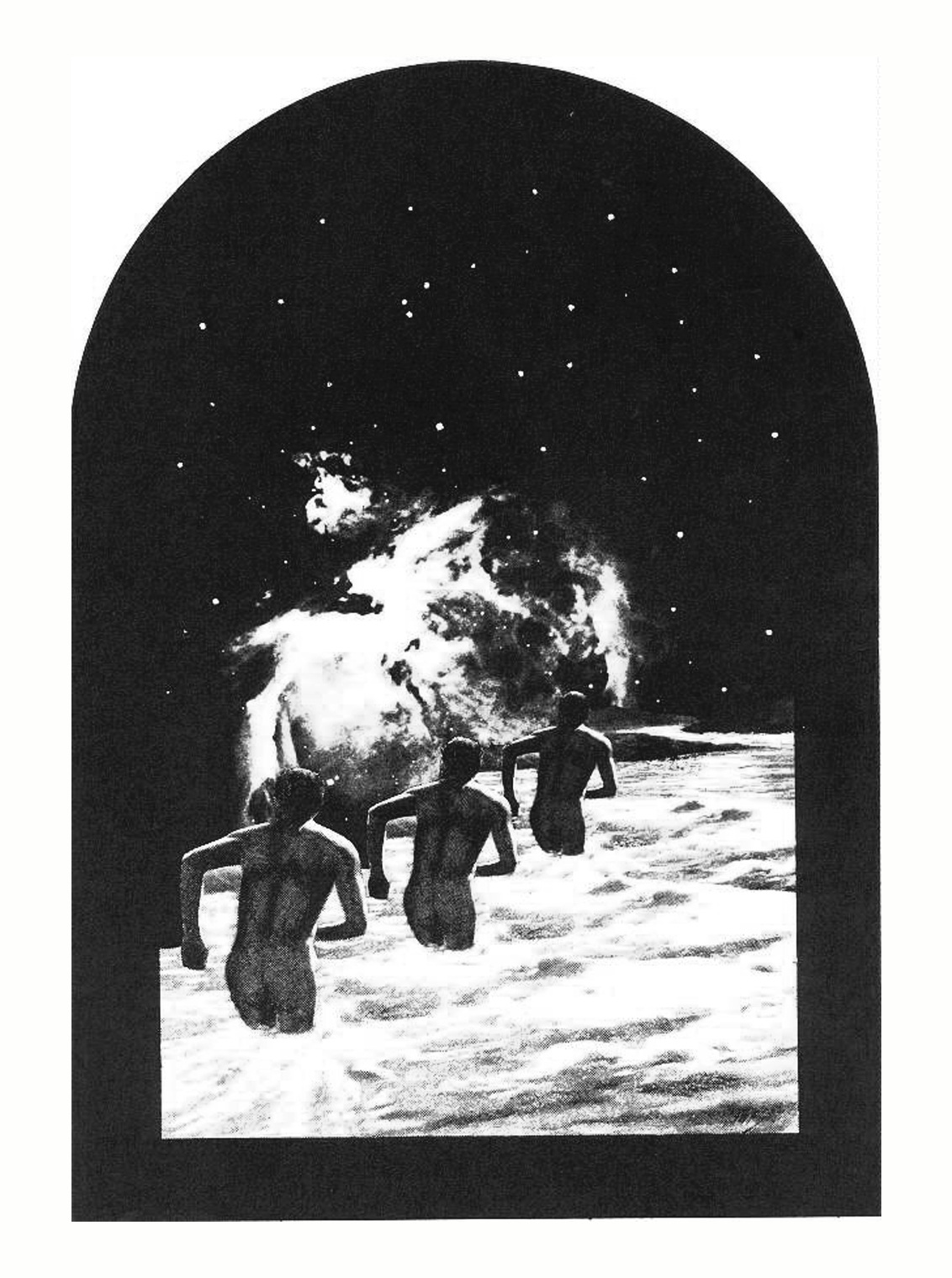
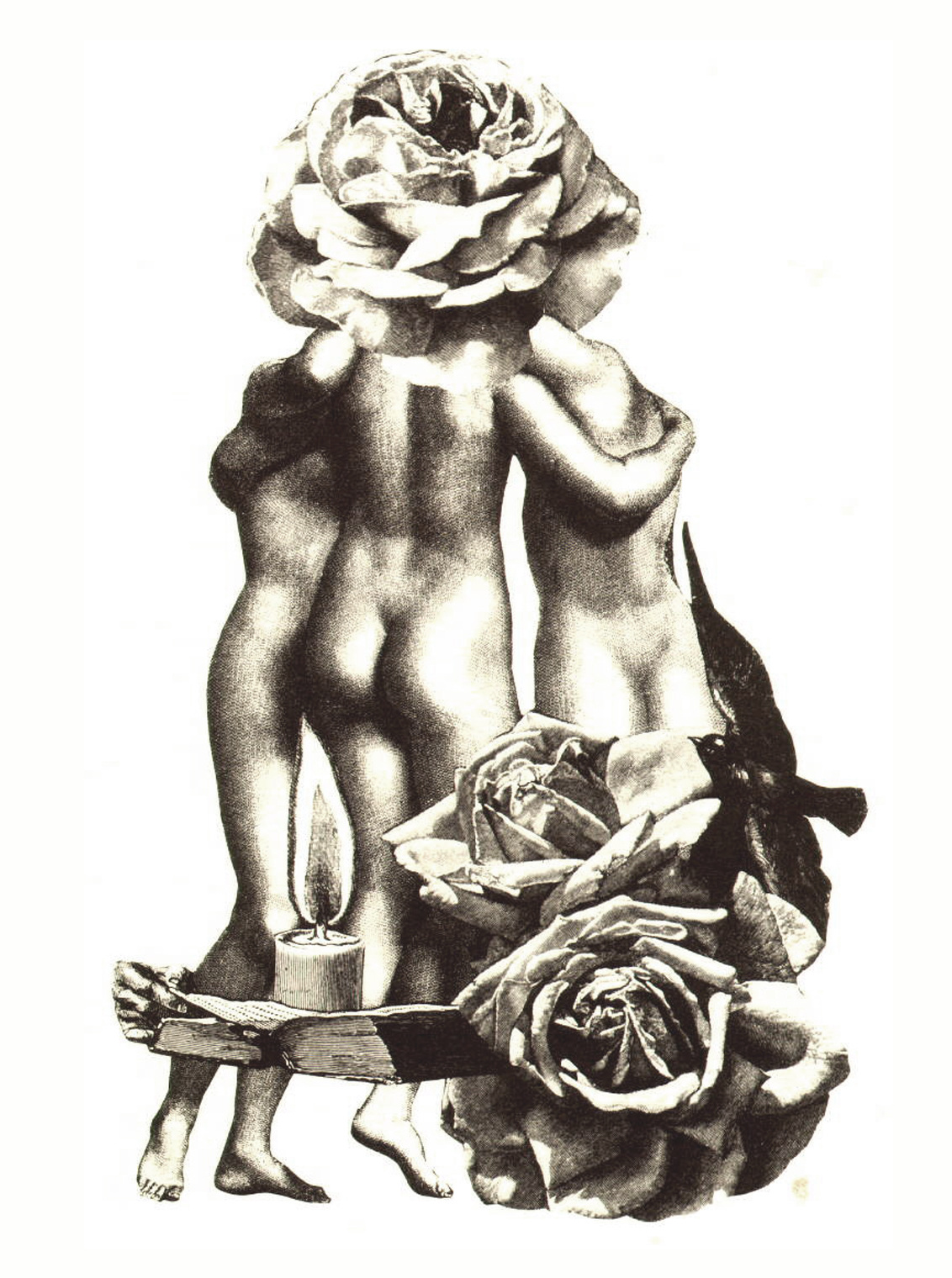
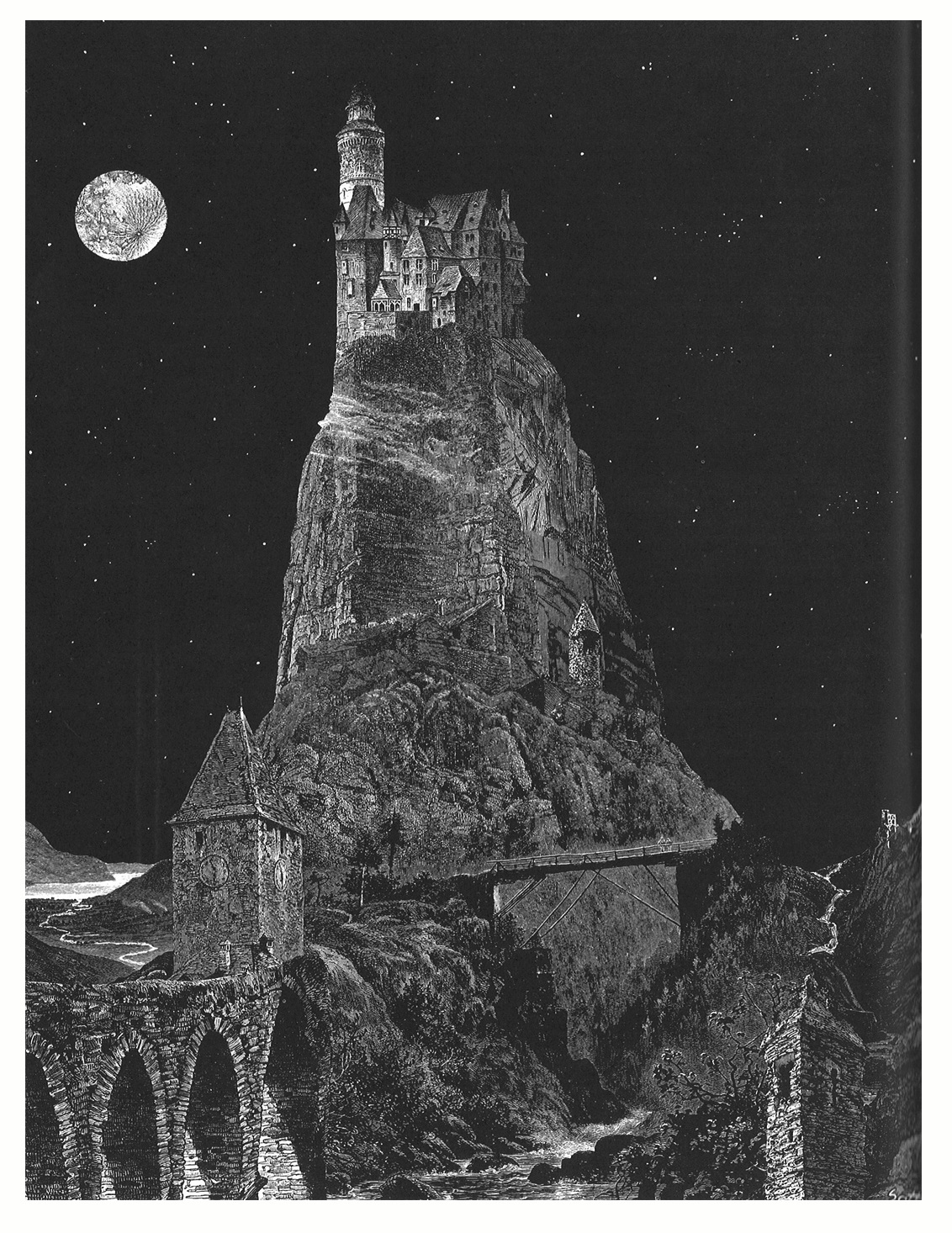
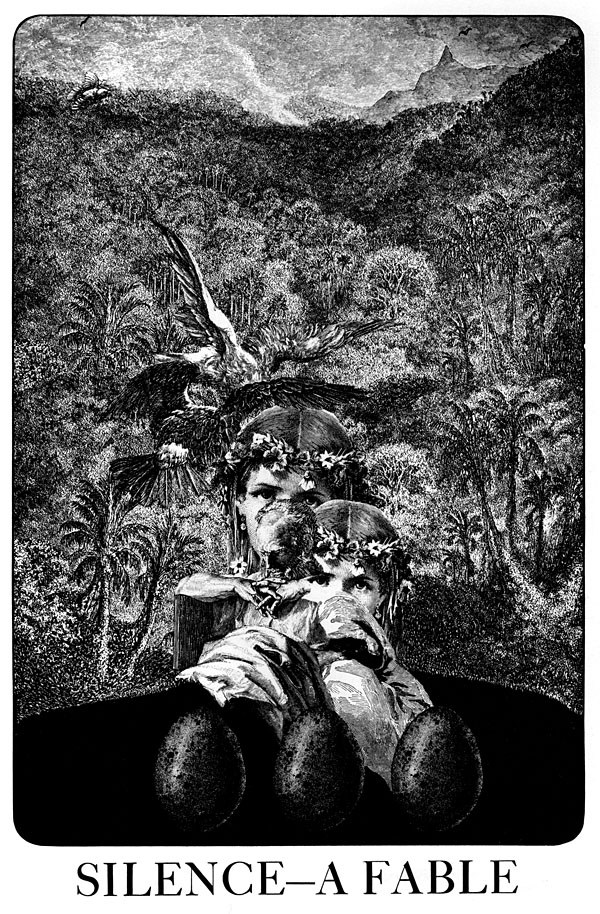
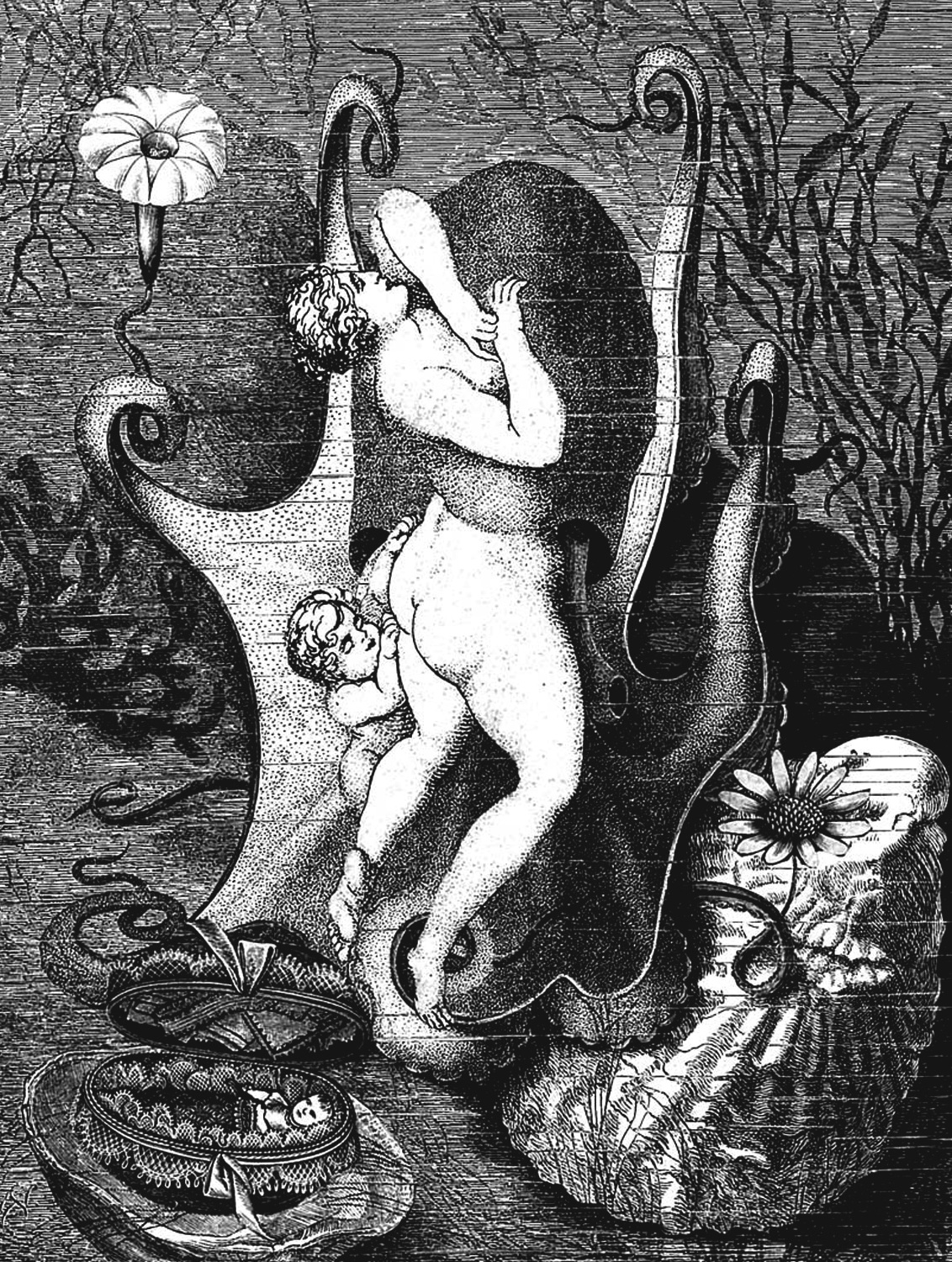
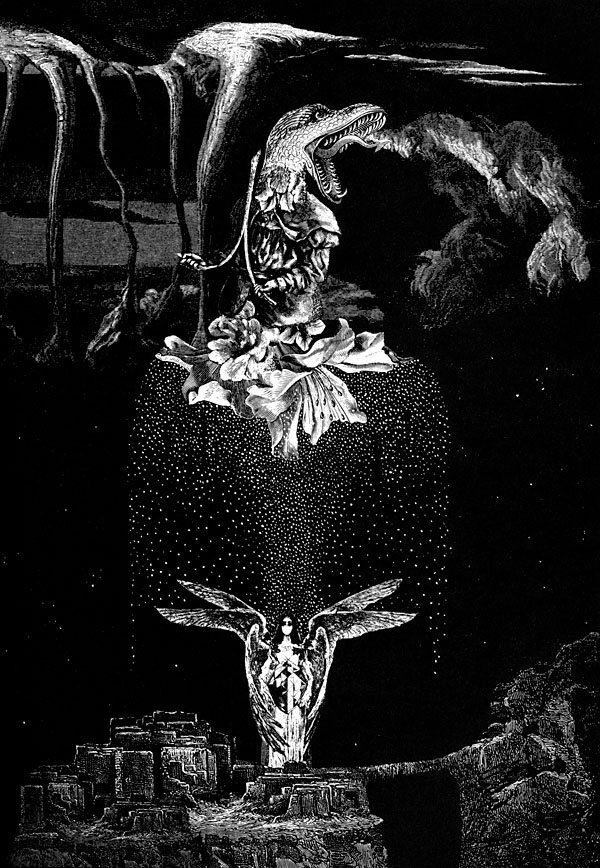
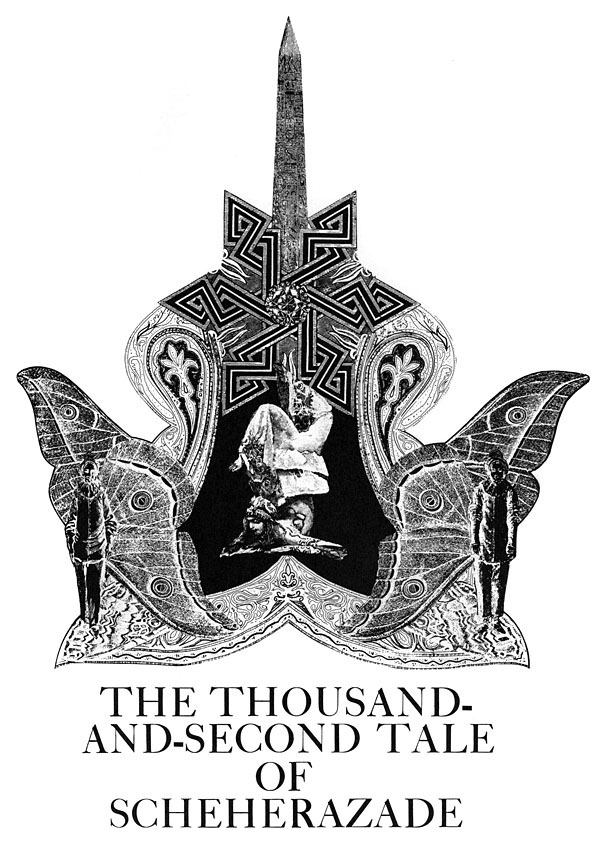

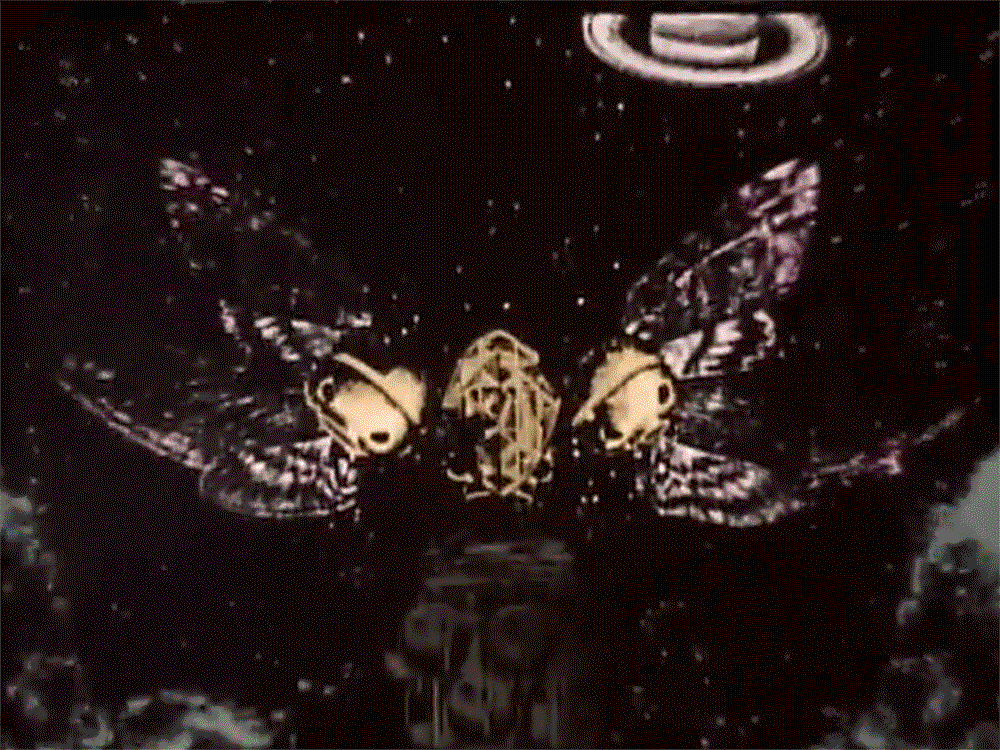


Sätty considered himself to be a kind of alchemist, and collage as his method of transmutation. He would aim to turn contemporary art (what he referred to as Lead) into rarefied art that was able to subvert and dwell inside the fabricated world of his contemporaries (what he referred to as Gold).
Much of this vision was fuelled by the initial ingredients of the 1960's that influenced his purpose built alchemical laboratory inside his home and his unwillingness to reconcile this alchemical pursuit with the antithetical political views that were sweeping across America during the 1980s.
Arguably, one of Sätty’s most recognisable commissions was producing the collages for the publication of Terence McKenna’s book ‘The Archaic Revival’, which consisted of a series of black and white collages depicting similar themes of ancient cultural revivals through modern technologies, optical art, UFO encounters and the sacred geometries of religious architecture.
Ironically however, whilst Sätty often used the metaphorical ladder of the alchemical tradition to attain new spiritual heights during his artistic processes, it was in 1982 that he suffered a fatal fall from his own ladder whilst entering his studio, and unfortunately to his untimely death.
Much of this vision was fuelled by the initial ingredients of the 1960's that influenced his purpose built alchemical laboratory inside his home and his unwillingness to reconcile this alchemical pursuit with the antithetical political views that were sweeping across America during the 1980s.
Arguably, one of Sätty’s most recognisable commissions was producing the collages for the publication of Terence McKenna’s book ‘The Archaic Revival’, which consisted of a series of black and white collages depicting similar themes of ancient cultural revivals through modern technologies, optical art, UFO encounters and the sacred geometries of religious architecture.
Ironically however, whilst Sätty often used the metaphorical ladder of the alchemical tradition to attain new spiritual heights during his artistic processes, it was in 1982 that he suffered a fatal fall from his own ladder whilst entering his studio, and unfortunately to his untimely death.
“From one point of view the Transcendent Other is nature correctly perceived to be alive and intelligent. From another it is the awesomely unfamiliar union of all the senses with memory of the past and anticipation of the future.“ - Terence McKenna.


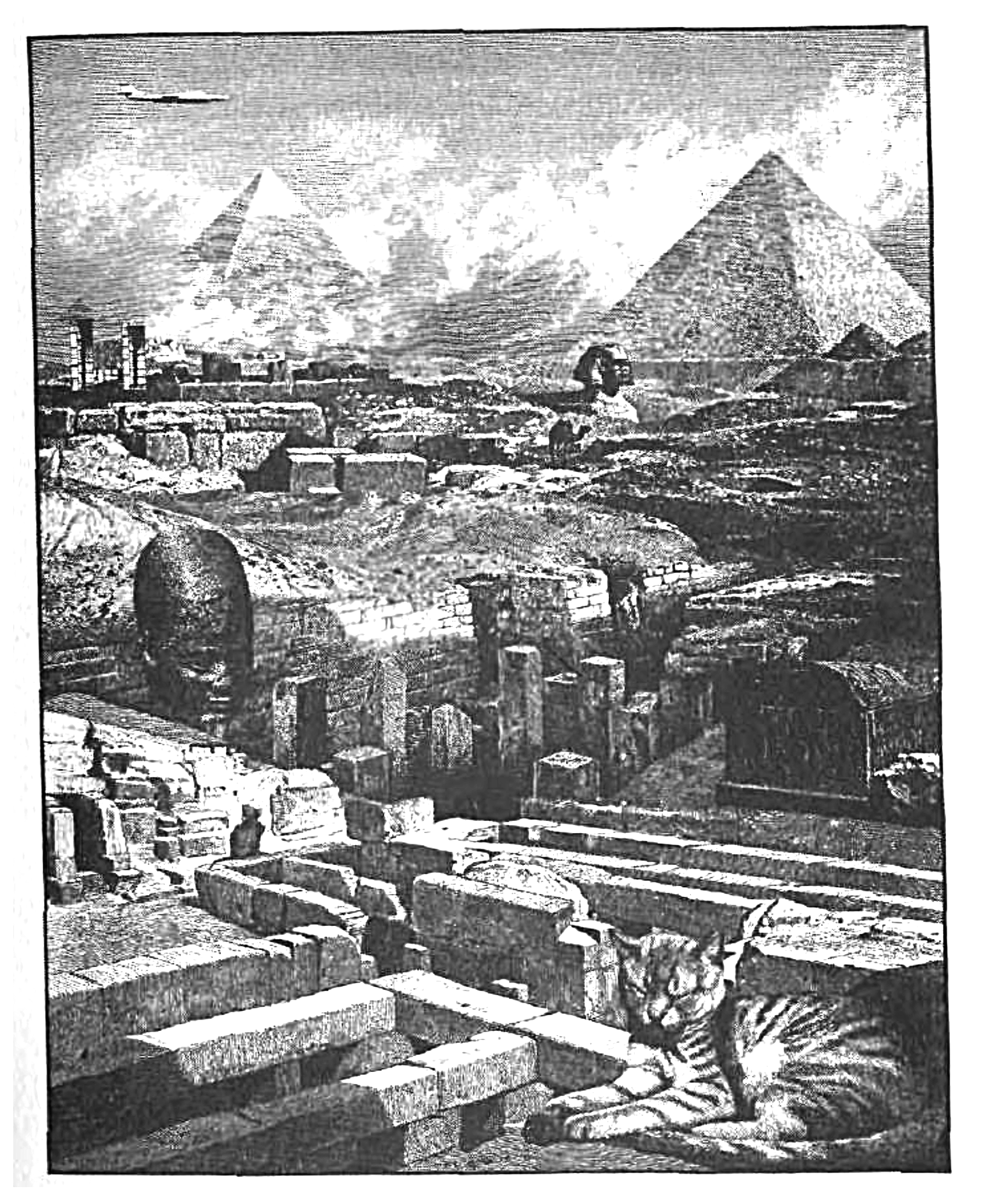


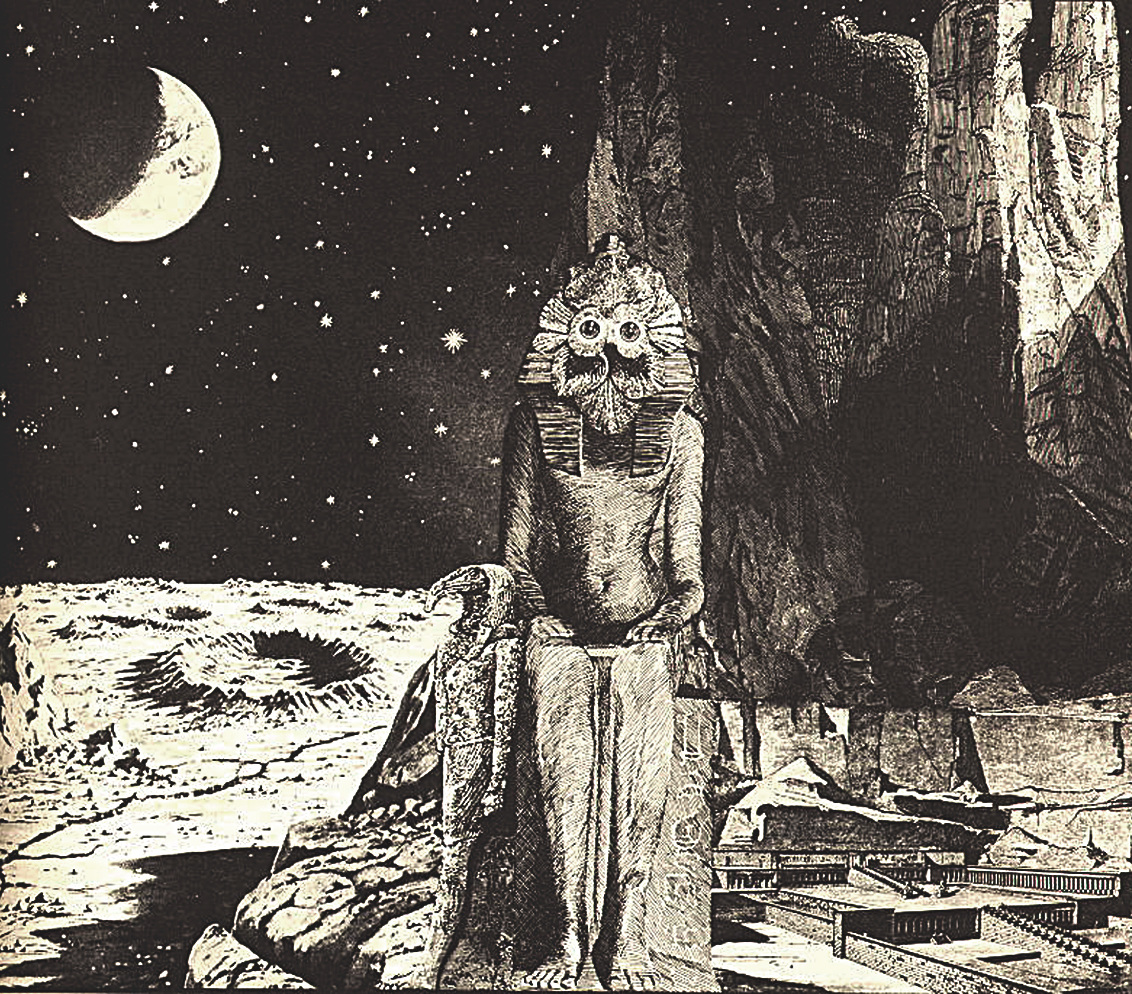
Further Reading ︎
Thomas Albright, 1982, on the death of Satty
Veronika Veil, bio
John Coulthart, artist archives
Artist website
Album covers of Satty
The Archaic Revival, Terence McKenna, book